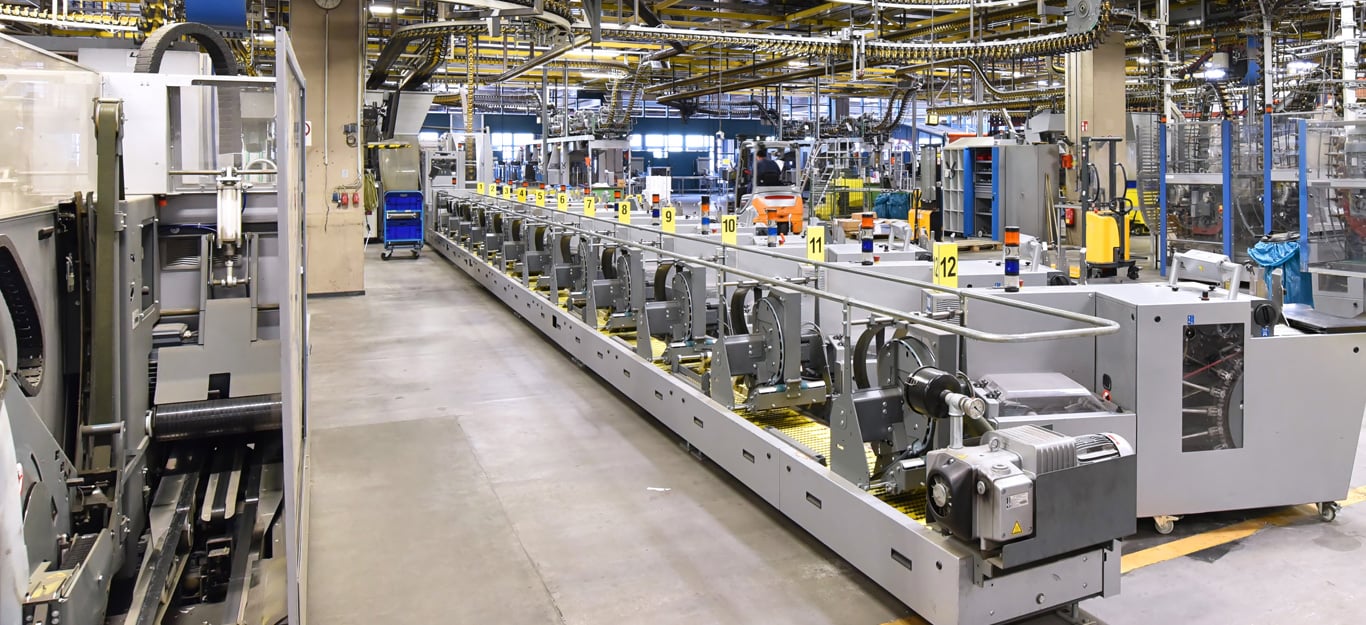
Accelerating Copilot Adoption at Scale: New Era Onboards 300 Users in Just 4 Weeks
Client Objective Rapidly deploy Microsoft Copilot for Office 365 across a diverse enterprise user base, driving meaningful usage (not just access), while laying the foundation for long-term AI-powered productivity. Challenge The client needed more than a technical rollout, they needed a people-first adoption strategy. With only four weeks to onboard the initial user base, the solution had to be fast, engaging, measurable, and scalable. Leadership wanted to see early value, while employees needed guidance, relevance, and support. New Era’s Solution: A Phased, Persona-Based Adoption Model Phased Rollout with Built-In Champions Onboarded 300 users in 4 structured waves over four weeks. Early Adopters stood up in just 2 weeks, serving as visible Copilot Change Champions and peer influencers. Each wave received tailored enablement based on role and digital fluency. Tracking and Targeting Adoption Built an internal tracking and metrics mechanism to monitor usage across teams. Used dashboards and scorecards to identify and engage laggards with targeted communications and manager nudges. Pulse surveys and usage analytics informed weekly adjustments. Leveraging Viva Engage for Viral Engagement Created a Copilot Community of Excellence within Viva Engage. Gamified the experience with daily challenges, prompt competitions, and peer-led tip sharing. Deployed leaderboards and recognition posts to reward contributions and surface best practices. Significant spike in Viva Engage use, Copilot drove a broader Microsoft 365 adoption wave. Sustainment Through Data and Community Implemented a license optimization model to reallocate unused licenses and onboard new high-potential users. Created a content repository of role-based prompts, demo replays, and FAQs. Leaders were given talking points and usage metrics to embed AI into team workflows. ROI Highlights Time Savings Realized: 300 users reported an average 45–60 minutes saved per week through Copilot use in Outlook, Word, and Teams, equating to over 900 hours saved per month across the pilot group. Reduced Support Costs: Shifted repetitive queries and drafting tasks to Copilot, reducing help desk tickets and manual documentation time. License ROI Visibility: License optimization and usage tracking ensured >85% active user rate, eliminating waste and enabling targeted expansion. Productivity Ripple Effect: Increased usage of Microsoft 365 tools (Viva Engage, Teams, Loop) boosted cross-functional collaboration and engagement. Accelerated Adoption Curve: Traditional adoption curves shortened by 50% through gamification, coaching, and social proof. Client Takeaway “New Era didn’t just help us roll out Copilot, they helped us build a culture of AI adoption. Their accelerators, analytics, and creativity turned something overwhelming into something energizing.” Want Results Like This? Partner with New Era to activate Copilot in weeks, not months and with the strategy, tools, and expertise to make it stick. Contact us today to get started.




























































